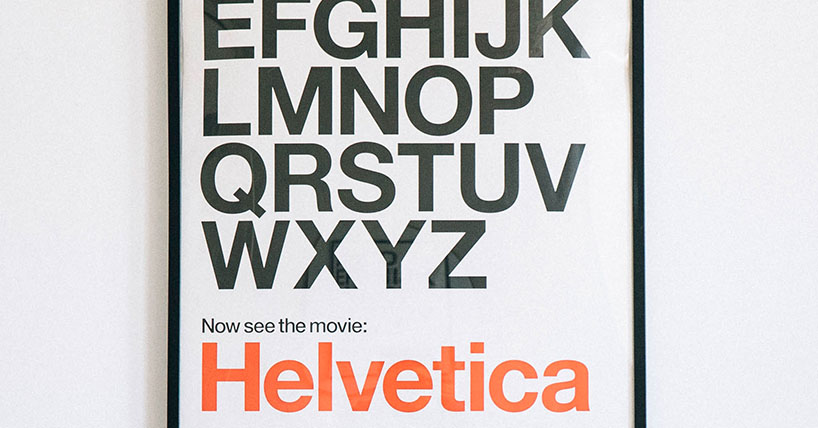Academic Posters
Find out how to make an academic poster including different types of structure, style and content.
What is an academic poster?
Academic posters are a visual form of communicating academic research, projects or literature reviews that often combine elements of text, diagrams and other media to convey ideas as effectively as possible. They have traditionally been used in hard science disciplines (such as medicine, physics or biology), but producing academic posters is becoming increasingly common within social sciences and arts and humanities disciplines as well. Academic posters are usually presented at conferences, exhibitions or networking events and you may be expected to accompany the poster to discuss your work, answer questions and provide additional information.
What’s expected of me?
Unlike a regular poster you might see in everyday life, an academic poster is expected to include references and communicate specific findings to the audience. In most instances, the main purpose of an academic poster is to concisely disseminate your own research, promote discussion and create opportunities for collaboration with other researchers. When used for university assessment, markers will want to see that you can identify key information and communicate it efficiently, persuasively and creatively.
How you choose to do this, though, is up to you and academic posters can come in a range of styles (from highly detailed posters that uses a lot of text to more concise posters with lots of visuals) so you’ll want to select an approach that best fits your goals and context.
There’s no such thing as a ‘perfect’ academic poster and each choice you make will have certain advantages and drawbacks. Rather than aiming to get the poster ‘just right’, it can be more effective and more realistic to be aware of the consequences of different design choices and select the approach you feel provides the most advantages for your particular needs.
You may have been given specific instructions on how to design your academic poster from a supervisor, subject tutor or event brief, in which case it’s best to follow this guidance. Otherwise, you could try constructing an ‘audience profile’ to help guide your decision making.
Constructing an audience profile
Here are some questions you can ask to get a better understanding of what the audience are likely to want and need from your poster
- Where and how is the audience going to interact with the poster? (is it going to be in a physical setting or online? Will you be there to accompany the poster or will it be expected to stand alone? Is there a wider framing ‘event’ or topic in which the poster exhibition is taking place?)
- What level of knowledge can they be expected to bring? (will the audience be experts or members of the general public? Will they be from a particular discipline or from a range of disciplines? How much are they likely to know about your particular topic?)
- What do they need from you? (will the audience just need a general overview of your findings? Will they want to know precise methods and measurements?)
- What do you need from them? (are you looking to raise awareness of your research? Demonstrate the wider implications of a particular finding? Do you need to demonstrate competence in certain skills for an assessment?)
Based on your responses to these questions, you might want to make certain choices in the content, structure and design of your poster presentation. For example, if you know the exhibition is part of a wider conference on a specific topic, then you could choose to foreground and focus on those elements that make your research particularly relevant to that topic. Or, if you know the audience are likely to be specialists in your particular subject of research you might choose to provide less background information and jump straight into the main issues or most surprising results.
How to create an academic poster
If you’ve been asked to produce an academic poster and haven’t made one before, it can be hard to know where to begin. These pages will lead you through some of the principles of academic posters, what design choices are available to you and how these choices might impact your audience.
When designing an academic poster there are three broad areas to consider. Find out more about each of these areas including examples using the links below.
Creating Academic Posters using PowerPoint
One tool you can use to create an academic poster is PowerPoint. Our video outlines the key features of PowerPoint used in poster design and helps you to develop technical skills which will support your poster composition.




